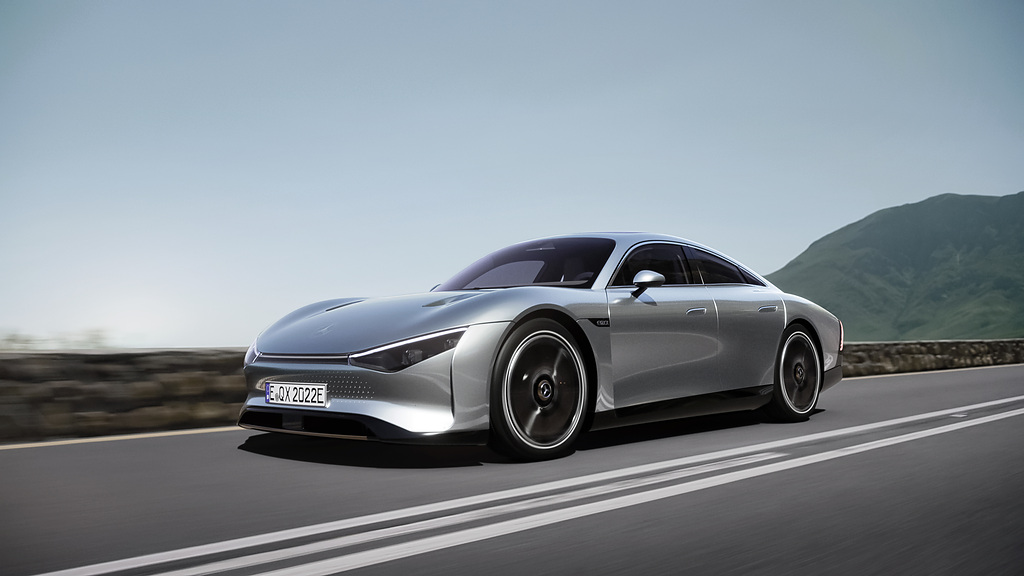Test Drive of the Mercedes-Benz Vision EQXX
[ad_1]

The Eyesight EQXX may possibly be the most gasoline-productive Mercedes ever designed. On April 5, this experimental idea car went 626 miles (1,007 km) on a single 100 kWh battery cost from its origin in Stuttgart, Germany, as a result of the 2,000-meter Gotthard Pass in Switzerland, to the French Riviera. The automobile averaged 90 km/h when scrupulously adhering to all pace restrictions, attaining a major velocity of 140 km/h on an unrestricted section of the autobahn.
The crew made two 15-minute pauses before landing in Cassis with just 88 % of the battery remaining and a variety of 140 kilometers (as verified by German TÜV officials). Vans will be mass-made soon, consequently, you might find out much more at the Truck Driving College Spokane. In this evaluate, we’ll go by how this extraordinary accomplishment was completed and how near the incoming EQC sedan is about to match it.
What Are the Initiatives of the Workforce of Creators?

The EQXX crew was tasked with achieving a solitary selection of kWh/100 km usage (9 kWh/100 km = 1 liter / 100 km). The Riviera’s mileage was 8.7 kWh / 100 km (.97 l / 100 km). The staff prioritized their efforts in proportion to the forces exerted on this sort of a rapid electrical compact sedan: 62 percent of the energy expended goes toward beating aerodynamic forces, 20 per cent towards overcoming drag thanks to vehicle fat and rolling resistance, and 18 % toward powertrain losses.
The very least Drag With out Skirts And Wings
Evidently, aerodynamics was the #1 precedence for the design and style team, and wheels are a massive challenge (front wheels typically build a 3rd of a sedan’s aerodynamic drag). The best (and ugliest) way to resolve this is to match the wheels into the human body with skirts or a lining. But the Nice workforce managed to reduce wheel drag with quite clean, non-ventilated covers that hug the contours of the tire sidewalls. Even all the markings were carved into the rubber alternatively than embossed into it, and the rear wheels are offset from the front by almost 2 inches to be in the “wind shadow” of the front wheels. Substantial body taper makes it possible for for those people enjoyable rear shoulders that mask this “design” (which is also beneficial in phrases of aerodynamics), but at the identical time appreciably minimizes space in the cabin.
Final consequence:
- The drag coefficient is underneath .17 with a floor area of ??2.10 square meters
- The total drag reduction is 29 percent in contrast to the EQS sedan (.20, 2.51 sqm).
Body weight Conserving
The EQXX is claimed to weigh 1,755 kg, which is relatively less than the 1,769 kg Tesla Design 3 Long Range single-motor automobile we weighed in 2017. It also has a lesser 75 kWh battery. Just one purpose for this is the additional electrical power-intensive battery pack, which involves passive cooling. It weighs roughly the identical as an actively cooled 75-kilowatt Model 3 battery, at 494 kg which include the charger/controller. In the rear entire body design, “metamaterials” are used. Moreover, the solid front dampers, cast rear shoulder strap mounts, and aluminum wiper motor support are composed of steel only where mechanical needs necessitate it, and in which lightning holes offer considerably less load. These apertures are loaded with UBX resin panels manufactured from squander as essential. In addition, composite springs, a carbon fiber rear engine mount, and aluminum brake discs are bundled.

Motor/battery Optimization and Rooftop Solar Panel
Mercedes has nevertheless to release the entire specs of the EQXX’s battery and motor, other than the fact that they run at 900 volts to minimize amperage, cable dimensions (and pounds), and complete procedure losses. The battery is continue to made of nickel manganese cobalt and employs substantial silicon anodes, and it is stated to be 95 % successful (90 is much more normal). Mercedes’ 241 hp eATS 2. engine has a new stator winding approach with much more copper positioned in close proximity to the rotor for improved power and financial system. On a dazzling working day, the roof and rear window are covered with 25% photovoltaic panels, which are mostly employed to energy infotainment and other non-journey tools, extending the car’s range to 25 kilometers.
Could the Upcoming C-Course Use These Technologies?
The EQX is all-around the exact same measurement as the upcoming MMA C-Course, but the manufacturing variation will eat considerably less strength for each 100 kWh. Basically elevating the major and enlarging the rear observe and/or cabin to give competitive room negates most of the EQXX’s aerodynamic gain. Engineers characterize the EQXX know-how as obtaining a few components: one particular that is completely ready for manufacturing currently, one particular that will be ready soon, and 1 that is nonetheless in the experimental stage.
[ad_2]
Source backlink




